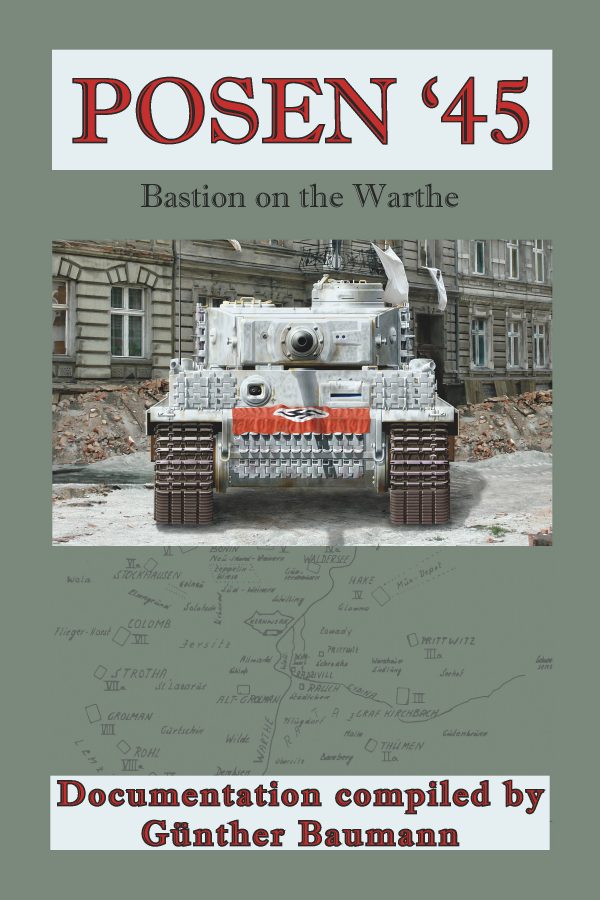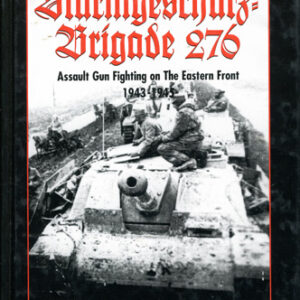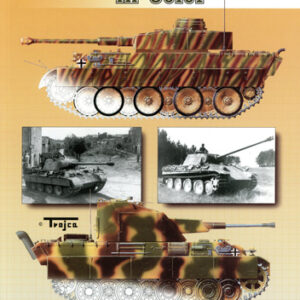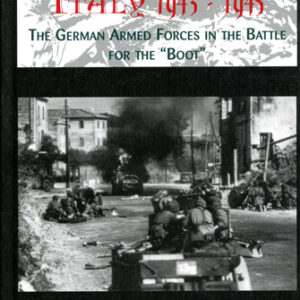Description
During 12–14 January 1945 the Russian Army broke out from the Vistula River and headed for the Oder River on the way to Berlin. It swept away the German defending units, which retreated in disarray. In an attempt to slow down the Russian assault, Hitler declared a number of key cities to be Fortresses. Posen was one of them.
POSEN ’45: BASTION ON THE WARTHE is the account of the month-long siege of the city of Posen at the beginning of 1945. Declared to be a Festung (Fortress) by Hitler on January 20, its soldiers were to defend the city to the death. The defense of the city lay in the hands of a collection of 15,000 German and Latvian troops, supported by a few Sturmgeschütze, one Tiger I, two Panthers, one Hetzer, and a few SPWs.
The first Russian units reached Posen on January 22 and cut it off from the rest of the German forces. During the next month of bitter fighting 36,000 Soviet troops and supporting units fought through a number of forts and fortifications that had been constructed in the late 1800’s, and across the city, until the last German fighters surrendered on February 23 in the Citadel.
There followed a period of extreme brutality, where the German survivors were subjected to beatings and murders, as well as a gruelling propaganda march through the city, followed by hard labour in the Soviet Union, from which many did not return.
This book tells the story of the organization of the defense, the collecting of retreating German soldiers, the vicious day-to-day urban fighting, the several breakouts and their fates, the surrender, and the aftermath. It is also an excellent collection of first-hand accounts from many soldiers that illustrates the brutal fighting in the city. Included in great detail is the part played in the fighting by the lone Tiger I, which moved from one critical spot to another until it was immobilized. The text is supported by a number of very detailed maps that allow the reader to follow the fighting street by street.
In hard cover, this book is our standard 6” x 9” format. It has 480 pages, 45 maps, 48 photographs, and 14 documents.





